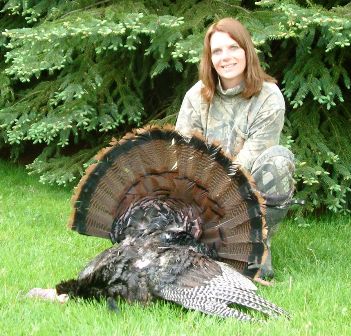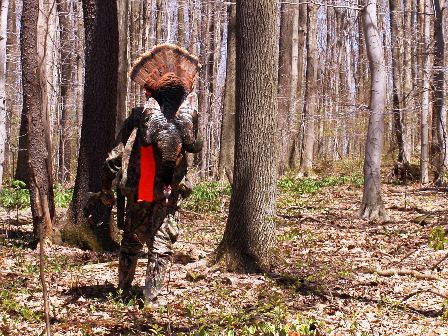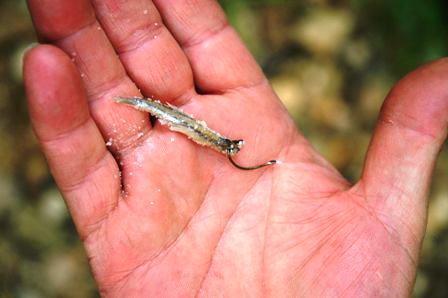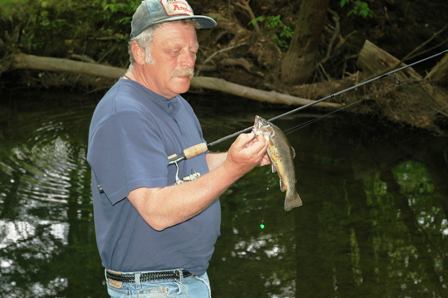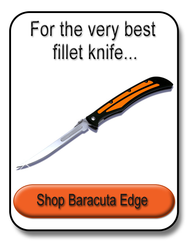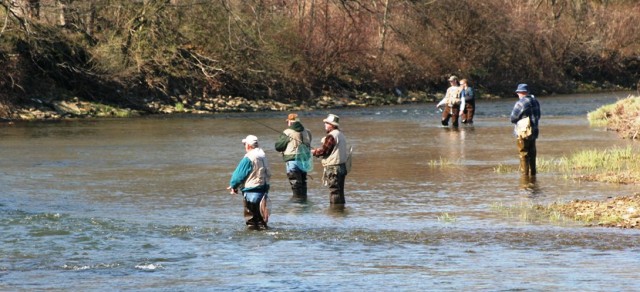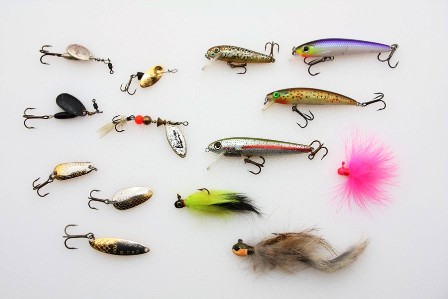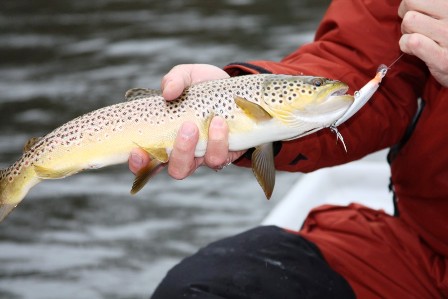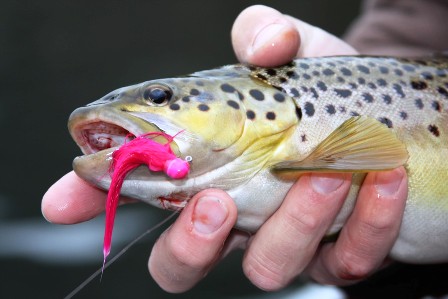by Steve Sorensen
Remember these 9 indispensable essentials.

One more thing to take turkey hunting is a sharp eye. You’ll see lots of wonderful things if you do. (Photo by Steve Sorensen)
Aside from the calls and decoys that are obvious things you need, what are your turkey hunting staples? I’m not talking those little wires that hold papers together. I’m talking about some key things many hunters might not think of. What’s essential might vary a little for each hunter, but as for me, I don’t go into the woods without these nine things, some of which you might not associate with turkey hunting.
- 1. A camera. Pictures are important to me as an outdoor communicator, and I can’t tell you how many times I’ve been disappointed in the pictures I’ve taken. Even if all you do is show your pictures to your friends, you need a camera, too. They’ll be more impressed with a good photo of a small bird than a bad photo of a big one.
- 2. Camera mount. To hold the camera steady you can haul a tripod to the woods with you, or something smaller. An Internet search will show you lots of camera mounts, or give you some ideas on how to make one for yourself.
- 3. A seat pad or stool. Something to sit on is a must. It can be a nuisance to carry, but I can’t tolerate sitting on a rock or a root for as long as I used to. It makes me a lot more patient, and patience has killed more gobblers than anything else. Keep in mind that you need one that isn’t too confining. In my opinion, a low folding stool makes it a little easier to turn your body for a shot than other kinds.
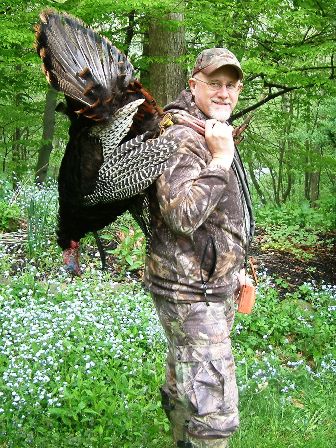
If it hadn’t been for the low stool I was sitting on, I couldn’t have shot this gobbler. It was at my extreme right, and the seat helped me twist far enough to make the shot.
(Photo by Steve Sorensen)
4. Tissue paper. The obvious use isn’t the only use. Those little plastic packs fit easily in a pocket, and when you get a gobbler (think positive, not if), use it to wipe blood from it before your photo session. If you fall down and get your hands muddy (as I did yesterday), it’s perfect for wiping the mud off your hands and your gun. And if you happen to get a minor cut or scrape, it’s a relatively clean way of wiping blood away. It’s biodegradable, so tuck it under a log or rock where Mother Nature can put it through her recycling program.
- 5. A flashlight isn’t always necessary for a turkey hunter, but when you need one you better have one. When heading into the woods darkness is your friend – until you get tangled up while crossing a barbed wire fence or drop your shotgun shells on the ground. That’s when you’ll be glad you have a flashlight. Expensive hi-tech models are nice, but most turkey hunters need only a cheap one. A green or red lens is a plus – it’s less likely to spook game. I throw a dozen or so wraps of duct tape around mine, just in case I need it.
6. A drink is absolutely essential. I carry a couple of those drink boxes mothers put into kids’ lunches. They’re cheap, the empties fold up to almost nothing, and they satisfy my thirst while giving me the quick energy boost I need.
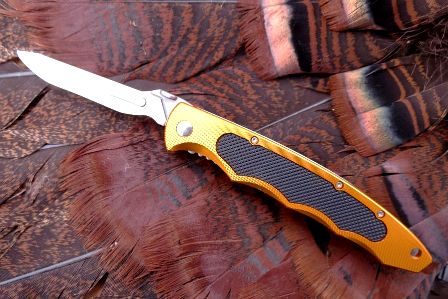
You won’t find a better knife for turkey hunting than the Havalon Torch, in Light Copper. Plus, it’s the most photogenic knife against a turkey’s tailfan! (Photo by Steve Sorensen)
7. Pruning shears. I use them at least half the time I sit down to call a turkey. It will make too much noise if you snap off the sapling or piece of brush that might interfere with the gobbler’s likely approach. My pruners make short, quiet work of it.
- 8. Safety pins. I carry several safety pins. I use them all the time to secure a dangling strap, to pin lanyards to my vest (I don’t like draping them around my neck), or to make minor repairs. And they’re the best way I’ve found to attach my tag to a gobbler’s leg,
9. A proper knife. What would Crocodile Dundee think about the Havalon Torch? I think he’d say, “Now, THAT’S a knife!” I carry the Light Copper version. It’s bright enough to find it if I drop it in the leaves, the 20% thicker blade is great on turkeys because it’s not always easy to see what you’re doing, and it will look great against the bronze feathers of that big gobbler when you take that top quality photo of your big bird. (Send it to Havalon!)
If you try to carry everything the magazines advertise, you’ll need a wheelbarrow, but these things take up very little room, and I’d miss them on any hunt.
***
Outdoor writer and speaker Steve Sorensen writes an award-winning newspaper column called “The Everyday Hunter®,” and he is the editor of the Havalon Sportsman’s Post. He also publishes articles in Deer & Deer Hunting, North American Whitetail, and many other top magazines across the USA. Invite Steve to speak at your next sportsman’s event, and follow him at www.EverydayHunter.com.
For more articles on turkey hunting, click here.
And read what other hunters say about their Havalon knives…
3,295 total views, no views today





